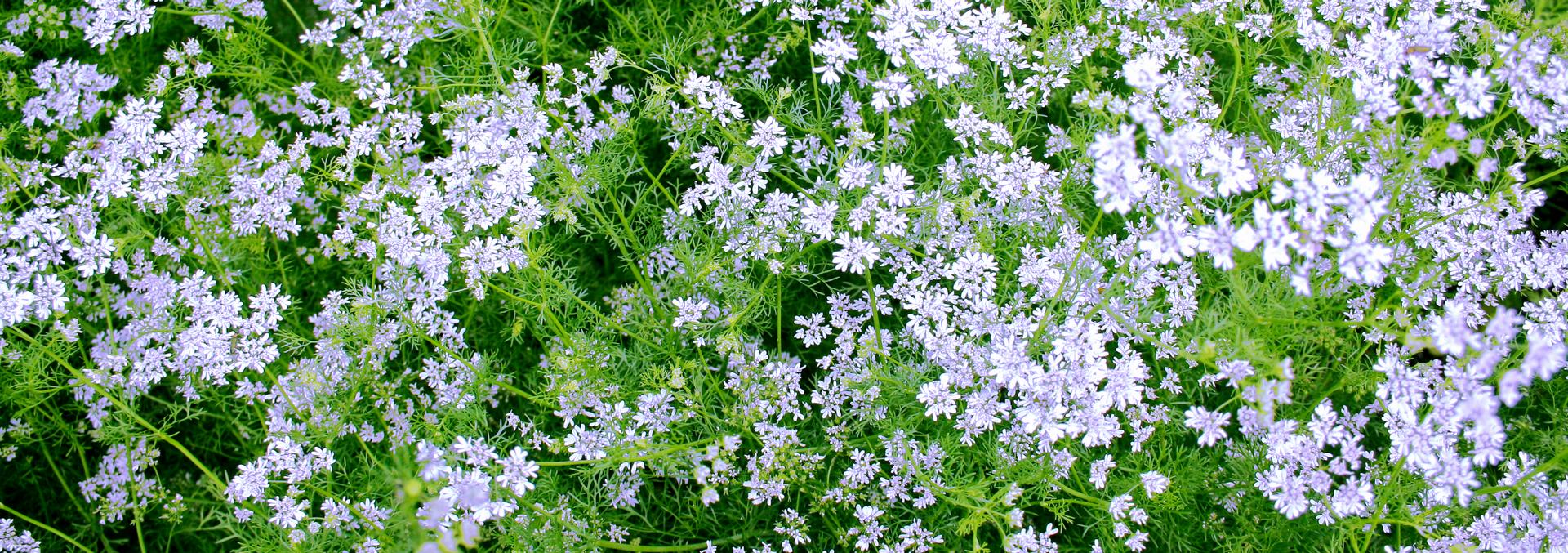Coriander in the Bible
also known as: Cilantro (a Spanish name, often referring to coriander leaves)
Hebrew: גַּד —transliteration: gad —meaning: coriander, fortune, luck, troop
Hebrew: gad, (Exodus 16:31; Numbers 11:7), seed to which the manna is likened in its form and color
This is the Coriandrum sativum of botanists, an umbelliferous annual plant with a round stalk, about two feet high. It is native to ancient Israel and all around the Mediterranean Sea. It is widely cultivated in Eastern countries and in the south of Europe for its seeds, which are in the form of a little ball about the size of a peppercorn. They are used medicinally and as a spice. All parts of the plant are edidible. Both the leaves and seeds are used in cooking. Essential oil of coriander is prized for medicinal uses and in cooking, and has a “sweet, spicy, slightly fruity, herbaceous warm smell.”

It has been used since very ancient times. The most ancient discovery of coriander seeds by archaeologists is in Israel—in the Nahal Hemar Cave near the Dead Sea and in Atlit-Yam. Egyptians included the plants in their gardens. Coriander seeds have been found in ancient Egyptian tombs, including the famous tomb of Tutankhamen.
The Greek name of this plant is korion or koriannon, whence the name “coriander.”
And the house of Israel named it manna, and it was like coriander seed, white, and its taste was like wafers with honey.—Exodus 16:31
More information
- Spices—What does the Bible say about them?
- Foods in the Bible
- Cooking in the Bible
- About eating in the Bible
- Agriculture in the Bible
- Plants of the Bible
- About Manna in the Bible
